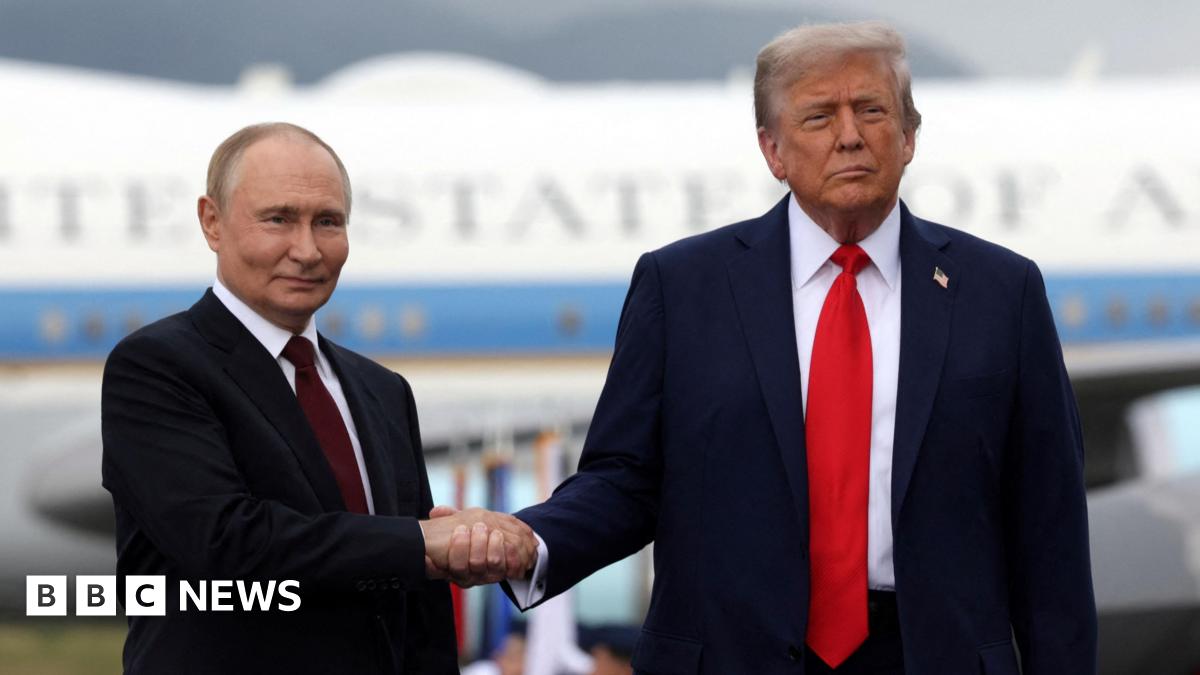Alaska Summit Fizzles: Trump's Summit Obsession Fails to Yield Results Yet Again

Donald Trump's penchant for grand summits and photo opportunities has once again fallen short of delivering tangible results, this time at the Alaska summit. While the event was marked by a flurry of activity and intense media attention, critics argue that it lacked substantive outcomes, mirroring a pattern observed throughout his political career.
The Alaska summit, intended to address critical issues facing the Arctic region, including climate change, resource management, and geopolitical tensions, drew significant international attention. Trump, known for his preference for high-profile events, capitalized on the moment, engaging in lively discussions and posing for numerous photographs. However, analysts note that the summit's deliverables were notably sparse, prompting questions about whether the fanfare outweighed the actual progress made.
This isn't the first time Trump has been accused of prioritizing optics over substance. Throughout his presidency, he frequently orchestrated major summits and negotiations, often characterized by dramatic pronouncements and promises of breakthroughs. Yet, these events often failed to translate into concrete agreements or lasting solutions. The North Korea summit in Hanoi serves as a prime example, where high expectations were dashed by a lack of progress on denuclearization.
The core of the criticism lies in Trump's apparent confusion between the *appearance* of achievement and actual achievement. The buzz of activity, the presence of cameras, and the perceived gravity of the moment, he seems to believe, equate to genuine progress. However, seasoned diplomats and policy experts argue that true success requires meticulous planning, detailed negotiations, and a commitment to follow-through.
The Alaska summit's shortcomings have ignited a renewed debate about the effectiveness of Trump's diplomatic style. While his supporters hail his willingness to engage in direct talks and challenge conventional approaches, critics contend that his focus on spectacle undermines the credibility and effectiveness of American diplomacy. They argue that a more pragmatic and results-oriented approach is essential to address the complex challenges facing the Arctic and the world.
The summit's outcome also raises concerns about the future of U.S. engagement in the Arctic. As climate change accelerates and the region's resources become increasingly accessible, the Arctic is poised to become a focal point of geopolitical competition. A lack of clear U.S. policy and consistent engagement could leave the nation vulnerable to the interests of other powers, such as Russia and China, who are actively expanding their presence in the region.
Ultimately, the Alaska summit serves as a cautionary tale about the dangers of prioritizing image over substance in international relations. While grand events can generate valuable attention and create opportunities for dialogue, they must be accompanied by a genuine commitment to achieving tangible results. Trump's repeated failures to deliver on his summit promises underscore the need for a more strategic and pragmatic approach to diplomacy, one that prioritizes long-term goals over short-term political gains.





